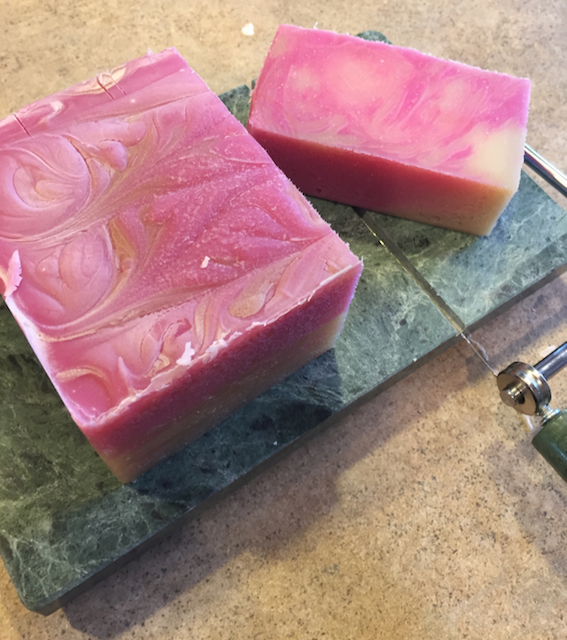Surfactants: Alkyl polyglucosides or glycosides
Some non-ionic surfactants are not only emulsifiers or solubilizers but foamy detergents. The alkyl polyglucosides are new surfactants derived from reacting corn starch with a fatty alcohol to produce a highly biodegradable that is highly tolerant to electrolytes like salt (which means it can’t be thickened well with salt). You can find low ethoxylated monoglycerides...

